The electric guitar is more than just an instrument—it is a symbol of innovation, rebellion, and artistry in rock music. Over the decades, certain guitars have risen above the rest, becoming almost as famous as the musicians who played them. These iconic instruments have not only contributed to the signature sounds of legendary tracks but have also helped shape the aesthetic and persona of rock and roll itself. Understanding these famous guitars & their stories offers insight into the history and evolution of rock music.
From the smooth, melodic lines of the Fender Stratocaster to the raw energy of the Gibson Les Paul, each guitar in rock history carries its own legacy. Musicians like Jimi Hendrix, Eric Clapton, and Jimmy Page didn’t just play their guitars; they formed a symbiotic relationship with them, creating sounds that defined generations. These instruments are revered for their distinctive tones, their aesthetic appeal on stage, and the technological advancements they introduced to the music industry.
Investigating the 20 most famous guitars in rock history reveals more than just wood, strings, and pickups—it uncovers the heart of rock and roll. The stories behind these guitars provide a fascinating chronicle of musical greatness, reflecting the personality and style of the guitarists who wielded them. From custom models to off-the-shelf classics, each has become an indispensable part of music’s rich tapestry, influencing countless aspiring musicians and captivating audiences worldwide.
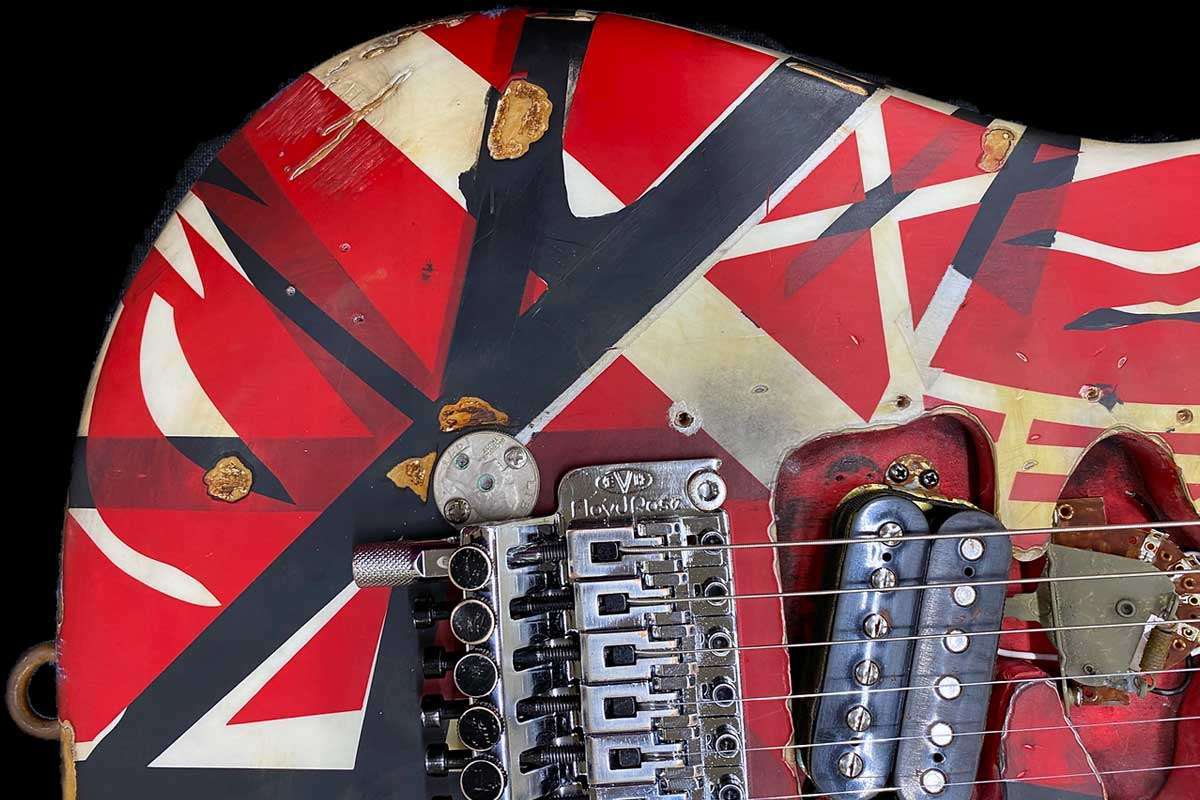
Revolution of the Electric Guitar
The advent of the electric guitar marked a pivotal juncture in musical history, fundamentally altering the sonic landscape of rock. In its wake came a wave of iconic guitars that left an indelible mark on both the music and culture of the era.
One of the most recognizable and influential designs is the Stratocaster. With its contoured body, triple pickups, and tremolo system, the Strat became a symbol of rock music’s progressive spirit.
| Year | Guitar Model | Iconic Player(s) |
|---|---|---|
| 1954 | Fender Stratocaster | Jimi Hendrix, Eric Clapton, Buddy Holly |
Other guitars like the Gibson Les Paul, with its rich sustain and powerful humbucker pickups, also stand out for their contributions to rock’s sonic revolution. These instruments provided artists with a previously unimaginable palette of sounds, from soulful blues to searing rock solos.
As the technology progressed, so too did the capacity for innovation within music. The electric guitar became not just an instrument, but a cornerstone for a generation of musicians looking to express themselves in bold new ways. They were central to iconic performances that remain etched in popular memory, their distinctive tones becoming almost as famous as the guitarists who played them.
This instrumental uprising gave rise to numerous models that became hallmarks of the rock genre, each bringing its own flavor to the music created. They were not just tools, but partners in the creative process, enabling musicians to play it loud and reshape what was thought possible in music.
Legendary Guitarists and Their Signature Guitars
The bond between a guitarist and their instrument can define their sound and style. Legendary guitarists like Jimi Hendrix and Jimmy Page are known as much for the iconic guitars they played as for their revolutionary music.
Jimi Hendrix and the Fender Stratocaster
Jimi Hendrix revolutionized the sound of rock with his Fender Stratocaster. Hendrix’s Strat was central to his innovative techniques and psychedelic sounds. It was an extension of his musical vision, producing legendary performances like his rendition of “The Star-Spangled Banner” at Woodstock.
Jimmy Page and the Double-Neck Gibson EDS-1275
Led Zeppelin’s Jimmy Page often entranced audiences with his Double-Neck Gibson EDS-1275. This guitar allowed him to switch between twelve-string and six-string setups mid-song, enabling the live performances of complex pieces like “Stairway to Heaven.”
Eric Clapton’s Various Iconic Axes
Eric Clapton has played a variety of iconic guitars over his career. From his days with the Yardbirds, Cream, to his solo career, Clapton’s choice of guitars like the Gibson Les Paul, Fender Stratocaster, and the Martin acoustic were pivotal in crafting his blues-infused rock sound.
B.B. King and Lucille
B.B. King’s beloved Gibson guitar, lovingly named Lucille, was not only his instrument but his musical partner. Lucille’s rich, vocal-like tone became synonymous with King’s soulful and expressive blues style.
Keith Richards and Micawber
Keith Richards’ famed Fender Telecaster, nicknamed Micawber, is distinguished by its unique tuning and removal of the sixth string. It’s the driving force behind the gritty, no-nonsense rhythm guitar that defines the Rolling Stones’ sound.
Eddie Van Halen’s Frankenstrat
Eddie Van Halen took electric guitar performance to new levels with his Frankenstrat. A customized masterpiece, the Frankenstrat combined various parts from different guitars, creating a distinctive look and a sound capable of Van Halen’s pioneering tapping technique.
Each of these guitarists pushed the boundaries of what was possible with six strings, and their choice of guitar became an integral part of their musical legacy.
Famous Guitar Models That Defined Music History
Iconic guitar models have not only defined the soundscapes of rock music but have also become emblematic of the era they originated in. These instruments are synonymous with the legends who played them and the revolutionary music they created.
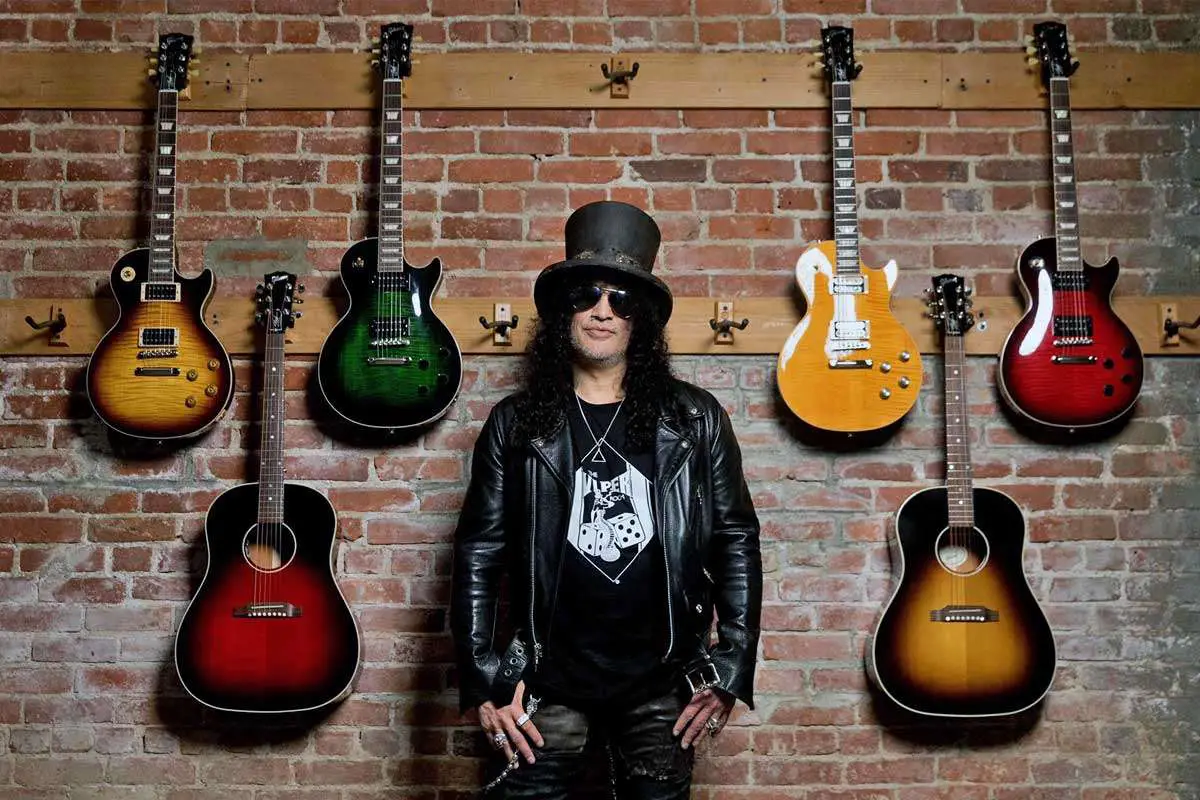
The Gibson Les Paul
The Gibson Les Paul is a cornerstone in music history. Known for its rich, warm tones and substantial weight, it has been the guitar of choice for many legendary musicians. Artists such as Jimmy Page of Led Zeppelin and Slash of Guns N’ Roses have wielded this guitar, making it synonymous with classic rock’s powerful riffs and solos.
Fender Telecaster and the Birth of Rock
The Fender Telecaster emerged as a revolutionary model that contributed to the dawn of rock music. Its bright, cutting sound is a result of its single-coil pickups and solid body design, qualities that made it a favorite for iconic musicians such as Bruce Springsteen and Keith Richards. The Telecaster’s influence in shaping rock music’s early sound is undeniable.
The Unique Rickenbacker 12-String
With its jangly, bright tone, the Rickenbacker 12-String guitar brought a new dimension to the sound of rock. This distinct 12-string instrument was famously played by George Harrison of The Beatles, adding a rich texture to the band’s music that became a hallmark of the ’60s rock sound.
Musical Movements and Their Associated Guitars
The landscape of music history is marked by distinctive instruments that have defined entire genres. Here, we explore the iconic guitars that have become synonymous with seminal musical movements and the legendary musicians who played them.
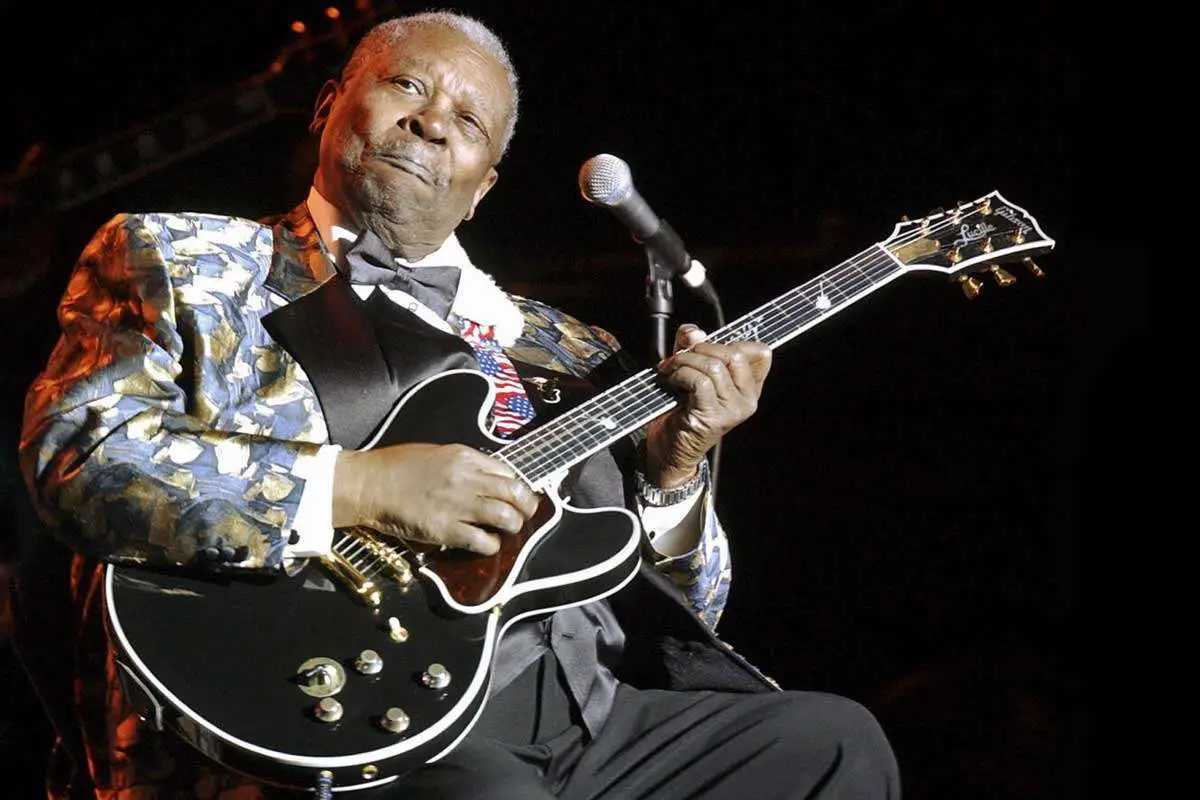
Blues and Its Love for the Gibson Sound
The blues genre, with its soulful melodies and emotive playing style, is intrinsically linked to the warm tones of Gibson guitars. Artists like B.B. King embraced the Gibson ES-355, which became a staple for its rich sound that could convey the depth of the blues. The Gibson Les Paul, with its sustaining qualities and thick, creamy tones, was also central to the blues, handling the expressive bends and vibrato with a distinct voice.
Rock-and-Roll Rebellion and Fender’s Rise
As rock-and-roll surged in popularity, it brought with it an air of rebellion. The bright and cutting sound of the Fender Stratocaster – wielded by icons like Jimi Hendrix and Eric Clapton – became the soundtrack to cultural upheaval. Its versatility across clean and distorted tones made the Strat an ideal tool for rock’s eclectic demands. Meanwhile, the Fender Telecaster found favor with guitarists for its twangy, biting sound that cut through the mix, epitomized by players like Keith Richards.
Heavy Metal and the Shred Guitars
Heavy metal, characterized by its aggressive riffs and blistering solos, gave rise to the era of shred guitars. Models like the Gibson Flying V and the Ibanez JEM, with their sharp designs and fast necks, were particularly popular among shredders. The Ibanez became prominent with virtuosos such as Steve Vai, who required precision and speed for complex solos. These guitars not only had the look that complemented metal’s intense aesthetic but also provided the high-output pickups necessary for a powerful, overdriven sound.
Famous Guitars in Popular Culture
The cultural footprint of guitars in modern society is indelibly shaped by iconic bands and record-breaking auctions, with certain instruments becoming almost as famous as the musicians who played them.
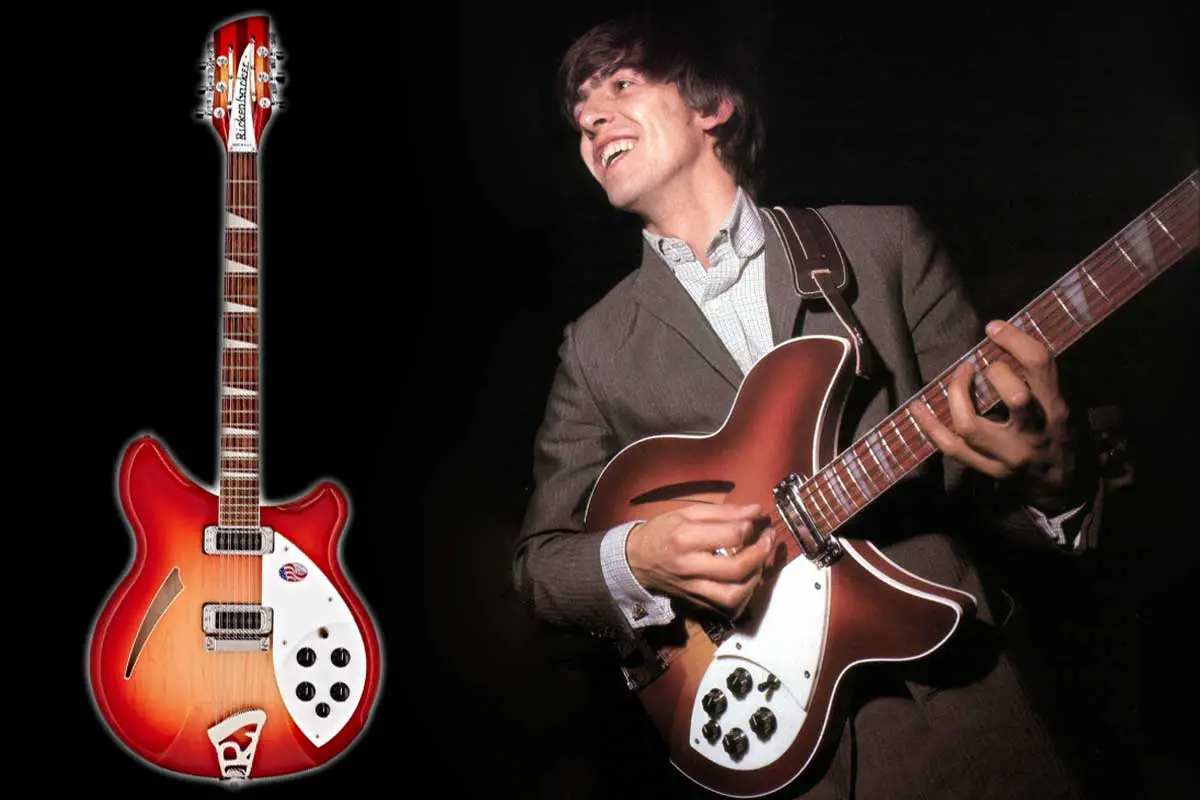
The Beatles’ Influence on Guitar Popularity
The Beatles not only transformed music but also elevated the guitar’s status within pop culture. George Harrison, with his Rickenbacker 360/12, introduced a jangly sound that became a staple of the 60s, inspiring a surge in guitar purchases. His use of both the Rickenbacker and later the Gretsch, showcased on various iconic performances, embedded these guitars as cultural phenomena.
Guitars That Graced Iconic Album Covers
Guitars on album covers often become symbolic of the music within. Notable is the Stratocaster featured on Jimi Hendrix’s “Axis: Bold as Love,” its image forever linked to Hendrix’s groundbreaking work. These covers act as visual anchors, making the instruments themselves elements of pop culture, sought after and beloved by fans and collectors alike.
Instruments That Sold for Millions
Guitars with a storied history of being played by rockstars have become highly coveted at auctions. The auctioning of expensive guitars, such as Kurt Cobain’s ‘Lake Placid Blue’ Fender Mustang or David Gilmour’s Black Strat, have garnered attention for their multi-million dollar bids. This trend underscores the guitar’s potent symbol of rock heritage and its profound connection to pop culture.
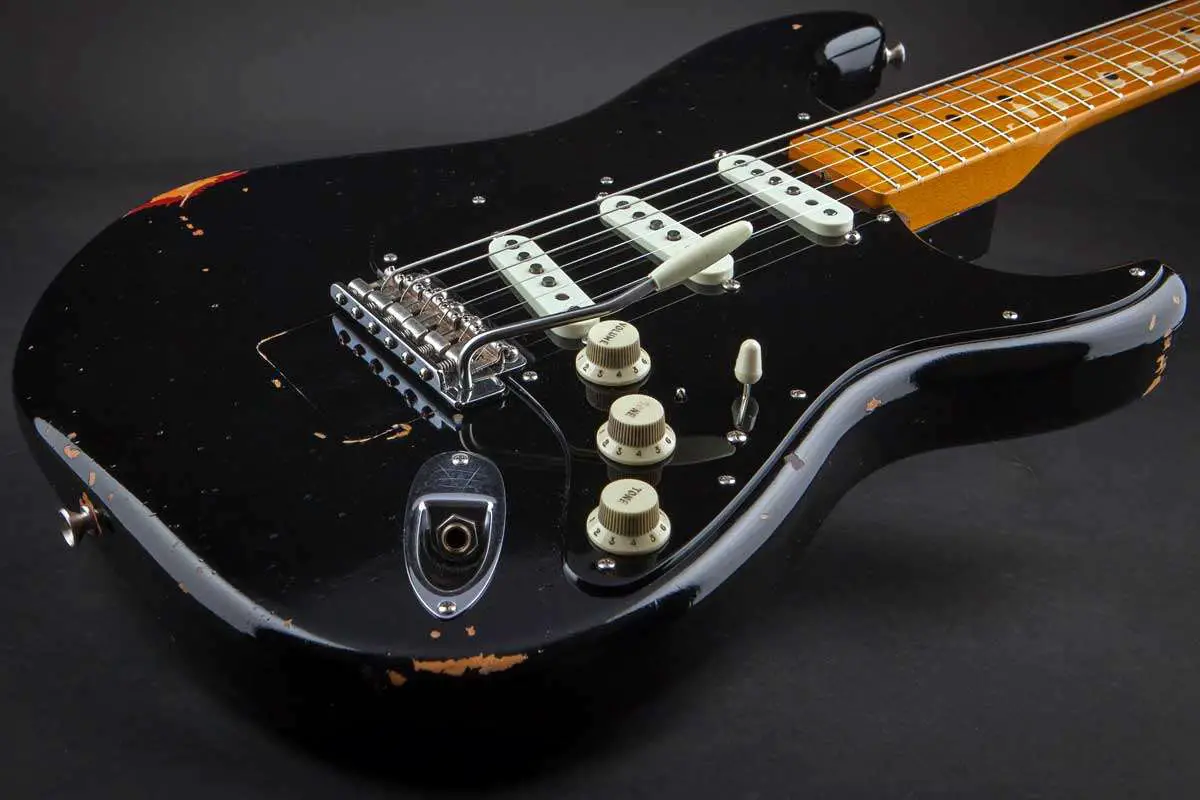
Impact of Guitars on Modern Music
The electric guitar has significantly shaped modern music, providing a voice to genres such as rock, blues, and pop. The ability of the guitar to convey emotion and its versatility in producing a range of sounds—from clean, melodic tones to gritty, distorted riffs—has made it an iconic instrument within influential music circles.
Musicians have utilized the guitar’s sonic qualities to create new textures and musical landscapes. In rock history, certain guitars have become famous not only for their aesthetic but also for their association with pioneering guitarists.
- Technological advancements in guitar manufacturing have further propelled the instrument’s role. Innovations like built-in effects and improved amplification have given guitarists the tools to push musical boundaries.
- The sound of the guitar itself has influenced the stylistic development of modern music, with genres often being recognizable by the guitar techniques employed, such as the use of distortion in rock.
From a cultural perspective, the guitar has become a symbol of personal expression and rebellion, contributing to the visual and auditory ethos of various music movements. Guitar influences can be seen in the work of numerous musicians who have harnessed its potential to evoke powerful responses from audiences.
Through both its physical form and the cultural weight it carries, the guitar remains a central instrument in the continuing evolution of modern music, reflecting the creativity and innovation of the musicians who play it.
